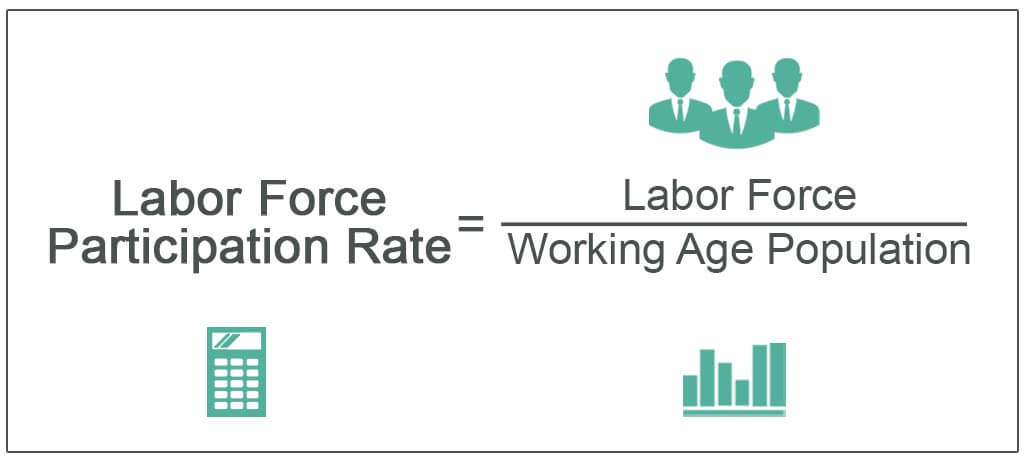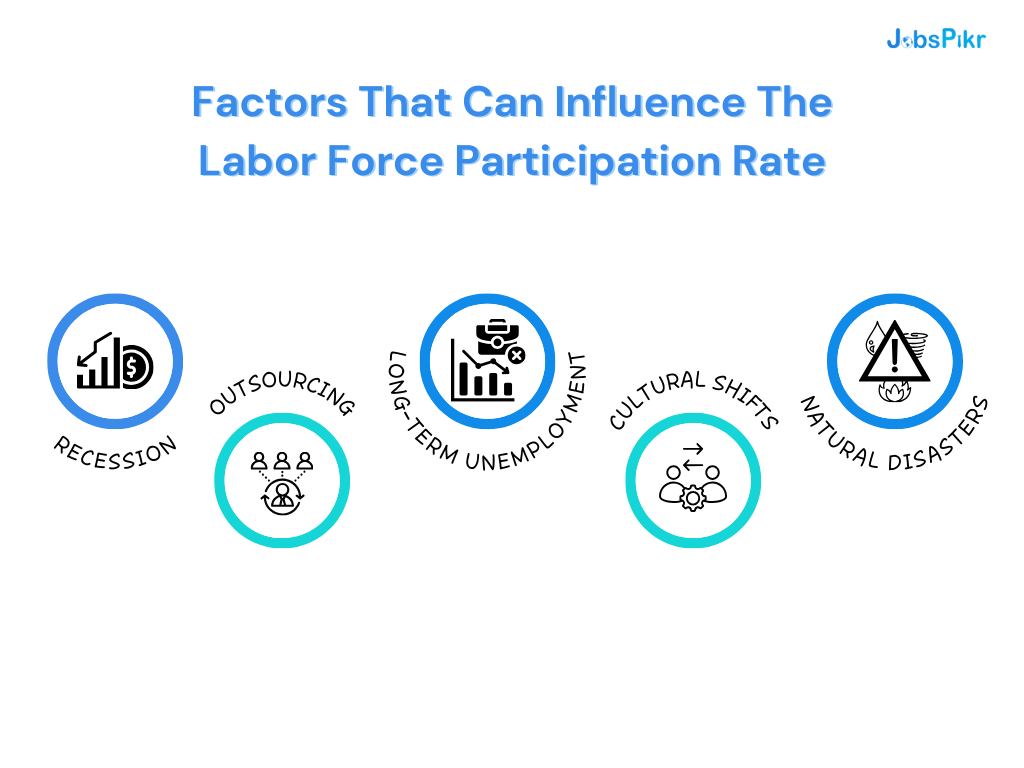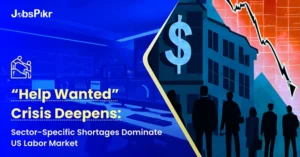Want to know what the labor force participation rate is or how to calculate labor force participation rate? Then you have come to the right place.
In this blog, we are going to discuss it in detail. So, let’s dive in.
Labor Force Participation: An Overview
Labor force participation shows the measurement of the working-page population either looking for a job or already employed. The working-age population is someone between 16-64 who hasn’t been institutionalized.
LFPR is a measurement for employers. The higher the rate, the healthier the economy is. It implies more people are employed and are contributing to the economy through their wages. Furthermore, a higher LFPR might mean that more people seek employment than in the past. So, employers can open up more positions to hire.
A lower labor force participation implies that fewer people are looking for jobs or working. It means less money will go into the economy. As a result, employers might have to adjust to take steps to lay off employees or stop hiring to adjust to lower profits.
Since it accounts for individuals who are looking for work and not looking for work, it might make this percentage a more reliable figure than the unemployment rate. But many economists argue that the unemployment rate and participation rate have to be considered together to understand the real employment status of the economy.
What to Include in Labor Force Participation?
To know how to calculate labor force participation rate, you will have to consider three elements- actively seeking employment, people currently employed, and the total population. This includes part-time workers.
Anyone who has been looking for a job for over a month is considered to be looking for employment. Therefore, they are taken as the participants of the labor force. The number of people in a particular region is the total population.
How to Calculate Labor Force Participation Rate?
In this section, we will discuss the steps you have to follow if you want to know how to calculate labor force participation rate.
1. Collect Labor Force Data
Working adults who are actively looking for employment for a minimum of 4 weeks or are employed are a part of the labor force.
2. Collect Population Data
The population doesn’t just include working-age individuals but everyone between 16-64 years of age.
3. Calculate the LFPR
For calculating the LFPR, divide the labor force by the total population. Then, you can transform the decimal into a percentage by multiplying it by 100 to see the LFPR.

Image Source: https://www.wallstreetmojo.com/
How does Labor Force Participation Work?
For calculating the formula, you need to understand how the Bureau of Labor Statistics defines key terms, such as labor force. It is the federal agency, which creates the monthly Job Reports on the participation rate of the labor force.
Within the labor force, people are either unemployed or employed.
Employed people are a group of individuals of age 16 or older who have worked at least an hour or more in the previous week as paid employees. In addition, it counts the people who work over 15 hours as unpaid workers on-farm or businesses owned by a family. Every worker is counted just once, even if they have more than one job.
The employed includes those who had businesses or jobs but did not work in the same week due to illness, vacation, training, strike, personal reason, or paternity or maternity leave.
While unemployed includes people who are 16 years or older and are available for work or are actively looking for a job within the last 4 weeks but are not employed. Also, it includes people who have been laid off or waiting to join a job once again.
Factors that can Influence the Labor Force Participation Rate

Now that you know how to calculate labor force participation rate, it is important to know the factors that can impact this rate.
- Recession
A recession or an economic decline for a certain period can affect the labor force participation rate. An economic decline will lead to less work for the country’s economy that leads to businesses firing workers or stopping the process of hiring. For instance, the 2008 recession led to a drop in the LFPR.
- Outsourcing
Contracting external workers, known as outsourcing from overseas, leads to fewer jobs. Therefore, it has a significant impact when a big organization starts to outsource.
- Long-Term Unemployed
After being unemployed for a long period of time, people looking for jobs might stop looking for jobs completely. When a person looks for work actively, they cannot be counted towards LFPR. It usually happens after a recession.
- Cultural Shifts
At times, there is a significant change in societal roles. The ideal example of this is the Second World War. Women who became a part of the workforce in larger numbers to replace men who have become a part of the armed forces and are left in their positions. It has led to a great uptick in the LFPR.
- Natural Disasters
Earthquakes, hurricanes, and many other large-scale disasters will affect the LFPR. However, it usually applies on a micro-scale instead of a national scale. For instance, it took several months for several businesses to recover from the Hurricane disasters in New Orleans’ Katrina.
Global Labor Participation
There has been a steady decline in the Global Labor Force Participation since 1990. As per the World Bank, the global labor participation rate was 58.6% towards the end of 2020. It went down from 62.4% when the decade started.
The countries that have the higher LFPR as of 2020 were Madagascar, Qatar, Solomon Islands, Zimbabwe, Tanzania, and Rwanda. The countries that have the lowest LFPR were Jordan, Yemen, Tajikistan, Moldova, and Algeria.
Now that you understand the importance of the labor force participation rate and how to calculate it, you may be interested in finding a reliable source of labor market data. JobsPikr offers a job scraping tool designed to collect job listings and related data from various online sources.
With JobsPikr, you can easily access detailed information about job postings, company profiles, and industry trends, allowing you to stay updated on the latest developments in the labor market.
Sign up for JobsPikr today and gain valuable insights for your business or research needs!



